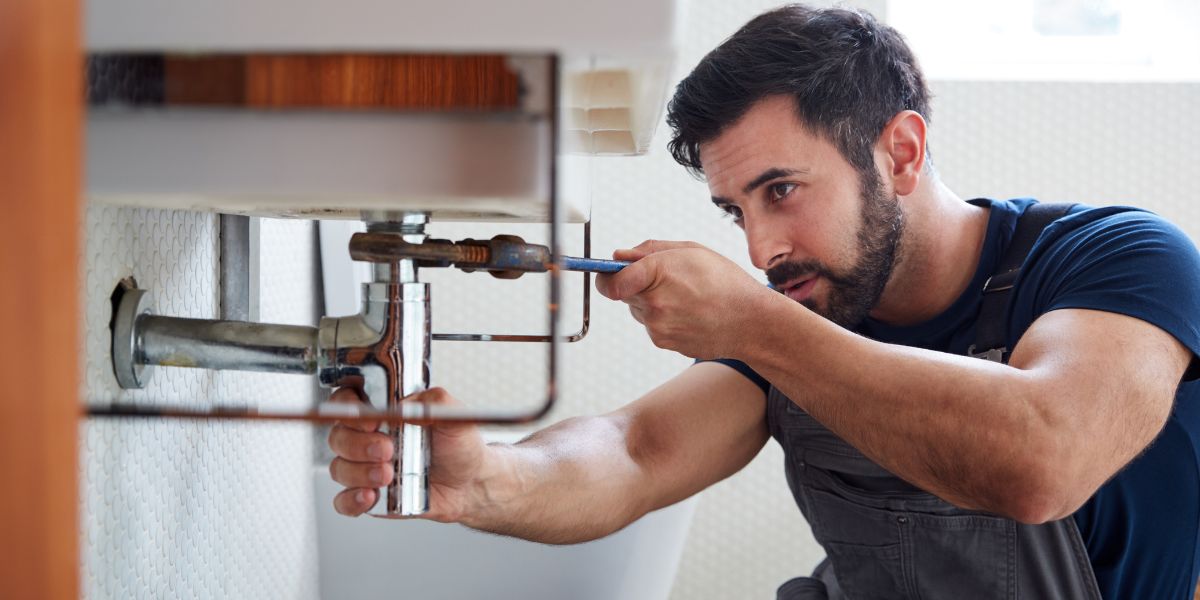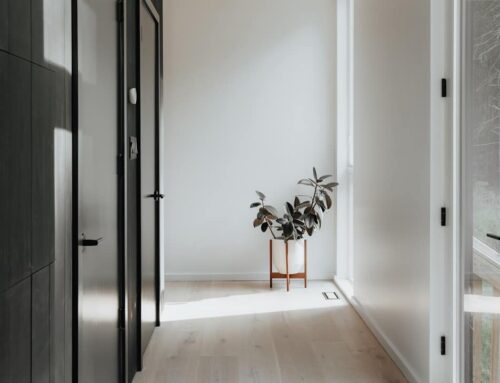Understanding Buyer Psychology: What Makes a Home Feel ‘Right’
Selling a home is more than just a transaction; it’s about creating an experience. Buyers are not just searching for a house; they’re looking for a place that feels like home—a space where they can picture their lives unfolding. This is why emotional connections play such a significant role in the decision-making process.
Understanding buyer psychology gives you, as a seller, an edge in the competitive real estate market. By focusing on what drives emotional responses during showings, you can present your home in a way that feels “just right” to potential buyers. In this blog, we’ll explore the elements that evoke these connections and offer actionable tips to help you make your home irresistible.
The Power of First Impressions
It’s often said that first impressions are everything, and this holds true when selling a home. Buyers typically form an opinion within moments of arriving at a property. The way a home looks from the outside sets the tone for the entire showing and can influence whether buyers feel excited or hesitant to see more.
Curb appeal is crucial—it’s the first thing buyers see. A welcoming exterior can create a sense of anticipation and warmth, while a poorly maintained yard or unkempt entryway can deter interest.
Actionable Tips:
- Tidy Up the Landscaping: Mow the lawn, trim hedges, and remove weeds to ensure the yard looks clean and inviting.
- Freshen Up the Front Door: A fresh coat of paint in a neutral or trendy color can make a bold difference. Add a wreath or seasonal decor for charm.
- Add Lighting and Accents: Ensure the path to your door is well-lit and clean. Potted plants, a doormat, or updated house numbers can add a personal yet neutral touch.
Creating a Sense of Space and Flow
When buyers step inside, they want to feel a sense of openness and possibility. A cramped or cluttered interior can make even a spacious home feel small and unappealing. On the other hand, a well-organized, thoughtfully staged space can evoke feelings of comfort and ease.
The way rooms are arranged and how easily buyers can move through the home matter greatly. Buyers want to see a layout that makes sense and feels functional for their needs.
Actionable Tips:
- Declutter and Simplify: Remove excess furniture and belongings to make rooms appear larger and more functional.
- Highlight Natural Flow: Arrange furniture to guide buyers naturally through the space. Avoid blocking walkways or windows.
- Maximize Storage Spaces: Clear out closets, cabinets, and other storage areas to showcase their full potential, as buyers will often peek inside.
Appealing to the Senses
Buying a home isn’t just a visual experience—it’s a sensory one. How a home looks, smells, and feels can profoundly impact how buyers perceive the space. If a home feels cold or unwelcoming, buyers may struggle to connect emotionally, even if the layout and price are ideal.
Engaging the senses in subtle, positive ways can help create an inviting atmosphere that sticks in buyers’ minds long after the showing.
Actionable Tips:
- Optimize Lighting: Open curtains and blinds to let in as much natural light as possible. In darker areas, use warm, soft lighting to create a cozy ambiance.
- Focus on Pleasant Scents: Neutralize odors from pets or cooking with fresh flowers, essential oil diffusers, or lightly scented candles. Avoid overpowering fragrances, as they can be off-putting.
- Incorporate Soft Textures: Use throw blankets, plush pillows, or a textured area rug to make rooms feel warm and comfortable. These small touches can evoke feelings of relaxation and hominess.
- Minimize Noise Distractions: Turn off loud appliances, and consider playing soft background music to enhance the atmosphere during showings.
Neutral Yet Memorable Design Choices
Striking the right balance between neutrality and memorability is essential when preparing a home for sale. Buyers need to see the home as a blank canvas for their personal style while being drawn to subtle details that make the property stand out in their minds. Overly bold or personalized design choices can distract buyers and make it harder for them to envision themselves in the space.
Neutral design elements allow buyers to focus on the home’s structure and potential, while small accents and staging tricks can create lasting impressions.
Actionable Tips:
- Stick to Neutral Colors: Repaint walls in soft, neutral tones like beige, gray, or white. These colors create a fresh, clean backdrop that appeals to a wide range of buyers.
- Add Subtle Accents: Incorporate simple décor, such as fresh flowers, a decorative mirror, or an elegant centerpiece, to add charm without overwhelming the space.
- Declutter Personal Items: Remove family photos, bold artwork, and highly specific décor. This helps buyers imagine their belongings in the home.
- Highlight Key Features: Use décor to draw attention to unique elements, such as a fireplace, built-in shelving, or large windows, so buyers remember the home’s best aspects. If you have some great home upgrades, you should also try to draw attention to those as well.
Telling a Story: Let Buyers Imagine Their Future
When potential buyers walk through a home, they’re not just assessing its features; they’re imagining how their lives would look there. A home that tells a story and allows buyers to see themselves living happily in the space is far more likely to resonate emotionally. To create this effect, sellers must depersonalize the home while setting up aspirational spaces that evoke specific uses and lifestyles.
Actionable Tips:
- Depersonalize Thoughtfully: Remove personal items like family photos, trophies, or customized décor that reflects your personality. Replace them with neutral, universally appealing décor.
- Stage Lifestyle Spaces: Arrange rooms to suggest specific, desirable activities. For instance, set the dining table with tasteful place settings, create a cozy reading nook, or style the patio as a relaxing retreat.
- Let the Buyer Fill in the Blanks: Avoid overloading the space with décor. Leave room for the buyer’s imagination to flourish.

Addressing Subconscious Concerns
Beyond the emotional connection, buyers are often evaluating practical aspects of the home, even if subconsciously. Concerns about safety, maintenance, or usability can create hesitation. Addressing these potential concerns proactively can help buyers feel confident in their decision and eliminate unnecessary doubts.
Actionable Tips:
- Handle Repairs: Fix minor issues like squeaky doors, dripping faucets, or cracked tiles. These small details can significantly influence buyers’ perceptions of your home’s overall condition.
- Showcase Functionality: Highlight features like storage spaces, modern appliances, or energy-efficient upgrades. These practical details can make a big difference.
- Promote Safety and Security: If applicable, mention or display security features, such as cameras, deadbolts, or motion-sensor lighting, to help buyers feel at ease.
Conclusion
Understanding buyer psychology is a powerful tool for sellers. By creating an inviting, emotionally resonant space that addresses both the heart and the mind, you can significantly enhance the appeal of your home. From curb appeal and sensory engagement to neutral design and functional readiness, every detail matters when helping buyers feel that a home is “right.”
When you’re ready to prepare your home for sale, the Heather Murphy Group is here to help. Our team offers expert advice and tailored strategies to ensure your home stands out in the market. Contact us today for professional guidance on turning your property into a buyer’s dream home.










